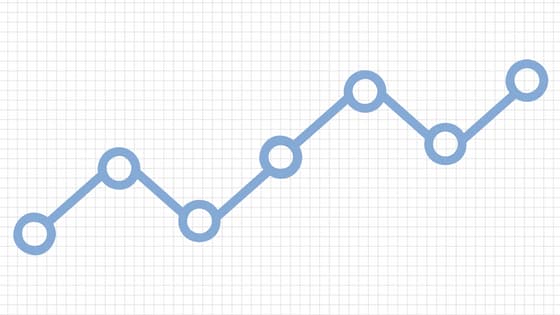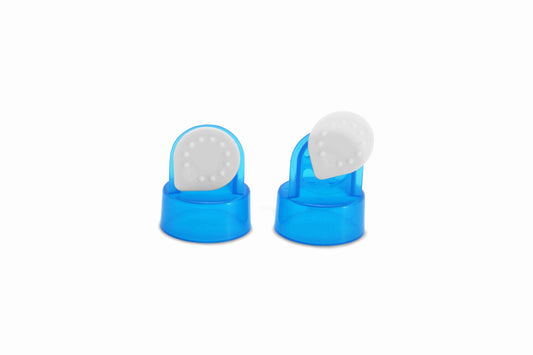Power Pumping
Power pumping is the act of pumping for short bursts of time over a 1-2 hour period. Many mamas find that doing this late at night after baby goes to sleep or early in the morning is most effective because that's when levels of prolactin, the milk producing hormone, are at their highest. To prepare for a power pumping session, set up an area with plenty of water, snacks, and anything you might need while pumping such as a towel and extra milk collection kits. If your pump is battery operated, make sure the battery is fully charged or that your power adaptor is handy. You don't want to have to worry about getting up because you'll be pumping for quite a while so we recommend arranging to have a family member or friend help out during the time you plan to power pump. Plan to stick to same the power pumping schedule for 2-3 days.

Power pump at the same time each day for 2-3 days.
Here's an example of what a power pumping schedule might look like:
- 10:00pm: express for 10 minutes
- 10:10pm: pause for 10 minutes
- 10:20pm: express for 10 minutes
- 10:30pm: pause for 10 minutes
- 10:40pm: express for 10 minutes
- 10:50pm: pause for 10 minutes
- 11:00pm: express for 10 minutes
After 2-3 days of power pumping you should notice an increase in milk supply.

This is a great opportunity to queue up the latest episode of your favorite TV show!
Cluster Pumping
Cluster pumping is when you group several short pumping sessions closely together over the course of 2-3 hours. This mimics the pattern of cluster feeding, otherwise known as the 'witching hour,' that babies often do during growth spurts or other times they need more milk. When you cluster pump, prepare to pump for 2-3 hours by setting up your station with plenty of water, snacks, dish towels, extra bottles and collection kits, or anything you might need over the next couple hours. If your pump is battery powered make sure you have a full charge or that your power adaptor is handy. Even better if you can arrange a family member or friend to look after baby or take care of household responsibilities for a couple hours. Here's an example of what a cluster pumping schedule might look like:- 6:00am: express for 10 minutes
- 6:30am: express for 10 minutes
- 7:00am: express for 5 minutes
- 7:30am: express for 5 minutes
- 8:00am: express for 10 minutes
- 8:30am: express for 5 minutes
- 9:00am: express for 5 minutes
Keep pumping after your milk stops flowing
Once you notice your milk has stopped flowing, or there has been a significant decrease and you're barely seeing any drops, continue pumping for 5-10 minutes. This tells your body that baby needs more milk, and after a few days of doing this you should see an increase in milk output.If you are nursing, pump after each feeding
After you're done nursing baby, pump for another 10 or 15 minutes. This tells your body that baby still needs more milk. After doing this for a couple of days you should see an increase in milk supply. Even better? The milk you pump after feeding is more likely to contain higher concentrations of hindmilk, the nutritious fatty milk that keeps baby full for longer.Pump on one side while nursing on the other

Single-pump on one breast while nursing from the other to boost supply.
We recommend moms double-pump to keep up their supply because double-pumping increases prolactin, the milk-producing hormone. You can also achieve the same thing when you pump on one side while nursing on the other. Bonus: you catch any extra drips that may have occurred on the other boob :)
What other pumping tricks have you used to boost your milk supply? Tell us in the comments below!




